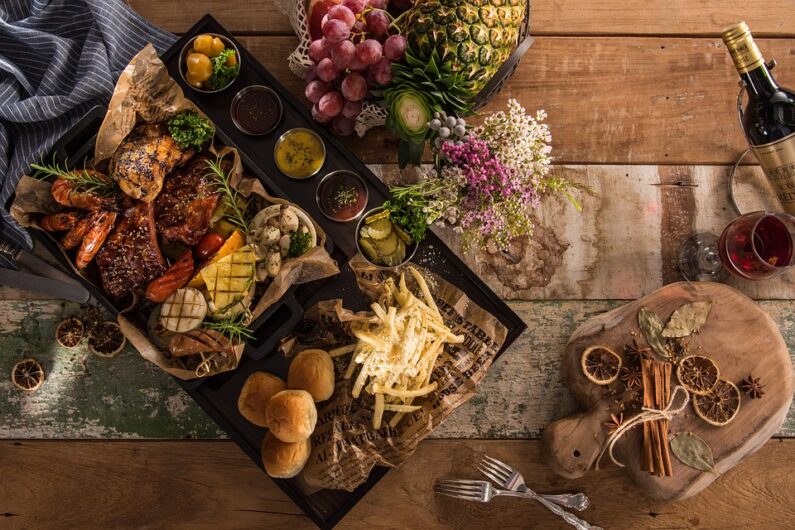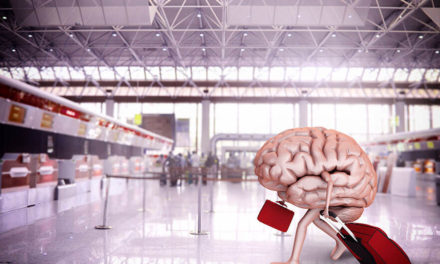Rabbit and the red egg
Although we can find many explanations for why the rabbit became one of the symbols of Easter, according to one of our ethnologists, it is just a linguistic error. The mistake was made by the otherwise very accurate Germans, when they mistook the name of the young, fat bird, the Haselhuhn, for Haserl - rabbit - and since then, despite the better convictions of all natural scientists, they have been laying the red egg with a rabbit.
Why Easter is the Oyster?
Even the Germanic word Oster is a source of particular errors. This is the name of the proto-Indo-Germanic Ostara, the goddess of spring, which was then adopted by the Christian priests for the Christian Easter celebration.
However, the word Oster should not be confused with the English word Auster, which means oyster. However, they were misled by the clever cartographers who consistently write Austerninsel as Osterinsel, while our excellent geographers also translate the Oyster Islands as Easter Islands.
Watering
The source of the custom has not yet been clearly clarified. In any case, it is certain that pre-Christian ritual elements were superimposed on the Christian tradition.
Two explanations for the origin of watering are known among the peasantry. According to one of them, it refers to baptism, the power of baptismal water, since in the past, baptism by immersion and pouring was around Easter. The other explanation refers to the legend that the soldiers guarding the tomb of Jesus poured water over the women of Jerusalem announcing the news of the resurrection.
Sprinkling girls with water survived for a long time, but nowadays it appears more as a preservation of tradition. At that time, for example, along the Ipoly, in the vicinity of Szeged, the boys went from house to house in groups of 4-5 and often doused the girls with several buckets of water, who had to change their clothes several times during the morning. The girls offered the bachelors cakes, ham, wine and painted male eggs for the sprinkling. The lad who sprinkles wants to promote the girl's health and abundance with the rite of sprinkling.
Coma and Easter
It's rare, but nowadays you can still hear the words ``coma'' or ``coma woman''. Well, the development of the address can also be linked to Easter, because - mainly young people of the same sex - they sent each other a gift, a so-called coma bowl, to seal their friendship. On the komatál you could mainly find Easter food, bread, eggs, various cakes, fruits and spirits. The coma bowl was mostly sent on Whit Sunday (the Sunday after Easter), but there were times when it was sent on Easter Monday. In South Transdanubia and among the palócs of Mátraalj, the parents of young people who wanted to make friends also sent each other komatas, so that they could then express their friendship by calling each other koma or koma.
Source: Múlt-kor/Hungarian Ethnographic Lexicon
(Cover image: csaldaháló.hu )












